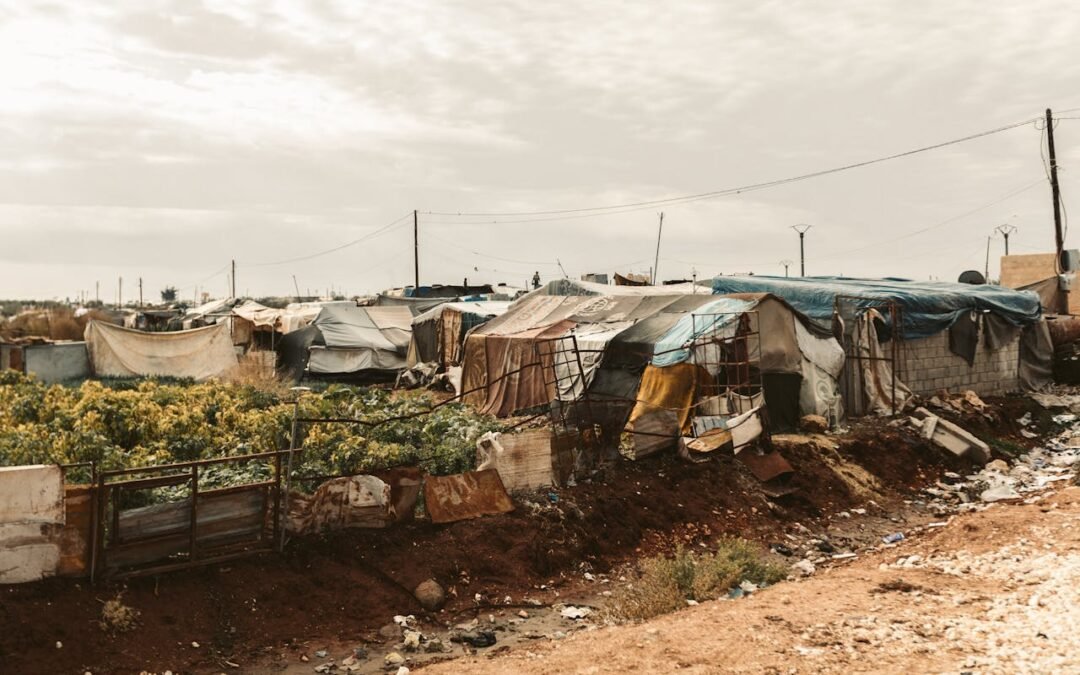Selecting the best tents for emergencies is a critical decision for relief organizations working in crisis zones. Tents must meet a variety of requirements to ensure the safety, comfort, and well-being of those affected by disasters. Key features to prioritize include durability, portability, and weather resistance.
Durability is essential, as tents are often deployed in harsh environments where they may face strong winds, heavy rain, or prolonged sunlight. Reinforced stitching, high-quality fabric, and sturdy frames can help extend their lifespan and ensure reliable protection. Weather resistance is equally important, with waterproof and UV-resistant materials providing crucial shelter against unpredictable climates.
Portability is another vital consideration. Tents that are lightweight and easy to transport allow quick deployment in remote or hard-to-access areas. Compact packaging and minimal setup requirements are especially beneficial for rapid response efforts.
1. Key Factors to Consider When Selecting Tents for Emergency Relief Operations
Choosing the right tent for emergency relief operations requires careful consideration of several critical factors. The primary aspect is functionality, ensuring the tent is suitable for the specific needs of the operation. Factors such as ventilation, interior layout, and compatibility with additional equipment can impact its overall effectiveness.
Portability is another essential consideration, as relief efforts often involve remote or challenging terrains. Lightweight yet sturdy designs can make transportation and deployment significantly easier. Budget constraints should also be kept in mind, ensuring the tents provide value for their cost without compromising quality.
Lastly, adherence to international safety standards and certifications ensures reliability. These aspects combined can enhance the efficiency and success of any relief effort.
2. Why Durability and Weather Resistance Are Crucial in Disaster Relief Tents
Durability and weather resistance are essential qualities in disaster relief tents, ensuring they withstand harsh conditions and prolonged use. Relief operations often take place in areas experiencing extreme climates, such as heavy rains, intense heat, or strong winds. Tents with robust fabric and reinforced frames can endure such challenges, providing reliable shelter to those in need.
Weather resistance not only ensures the safety of occupants but also protects essential supplies stored within the tents. Additionally, durable tents reduce the need for frequent replacements, which can strain limited resources in emergency situations. Opting for high-quality materials and thorough testing guarantees that the tents perform well under demanding conditions, offering secure and stable shelter during crises.
3. How to Choose the Right Size and Capacity for Emergency Shelters
Selecting the appropriate size and capacity for emergency shelters is vital to address the needs of displaced populations efficiently. First, assess the number of individuals the tent must accommodate, factoring in personal space and storage requirements. Overcrowding can lead to discomfort and potential health risks, while oversized shelters might be impractical to set up or transport.
Consider the nature of the emergency and the duration of stay. Temporary setups may prioritize compact designs, while long-term solutions require more spacious arrangements. Also, account for the availability of resources, including land space and logistical support. Opting for modular designs allows flexibility to adapt to changing needs during a relief mission.
4. The Importance of Quick Setup and Ease of Use in Crisis Situations
During emergencies, every moment counts, making the ability to set up shelters quickly and efficiently a critical factor. Tents that require minimal tools and straightforward assembly processes save valuable time and energy. This is especially important in situations where skilled personnel may not always be available.
Ease of use also extends to features like lightweight materials and compact packaging for transportation. Clear instructions and color-coded components can further simplify the process, ensuring teams can focus on other urgent tasks. Quick deployment of reliable shelters provides immediate relief to affected individuals, contributing to the overall success of disaster response efforts.
5. Comparing Materials: Which Tents Provide the Best Protection and Longevity?
The material used in a tent plays a significant role in its durability and performance. Polyester and nylon are commonly chosen for their lightweight properties and resistance to wear and tear. These fabrics are often treated with coatings to enhance water resistance and UV protection, ensuring they withstand adverse weather conditions.
Canvas tents, while heavier, offer excellent durability and insulation, making them suitable for longer-term use. However, they may require additional waterproofing treatments. The choice of frame material, such as aluminum or steel, also impacts the tent’s stability and lifespan. By evaluating the pros and cons of different materials, organizations can make informed decisions that align with their operational needs.

